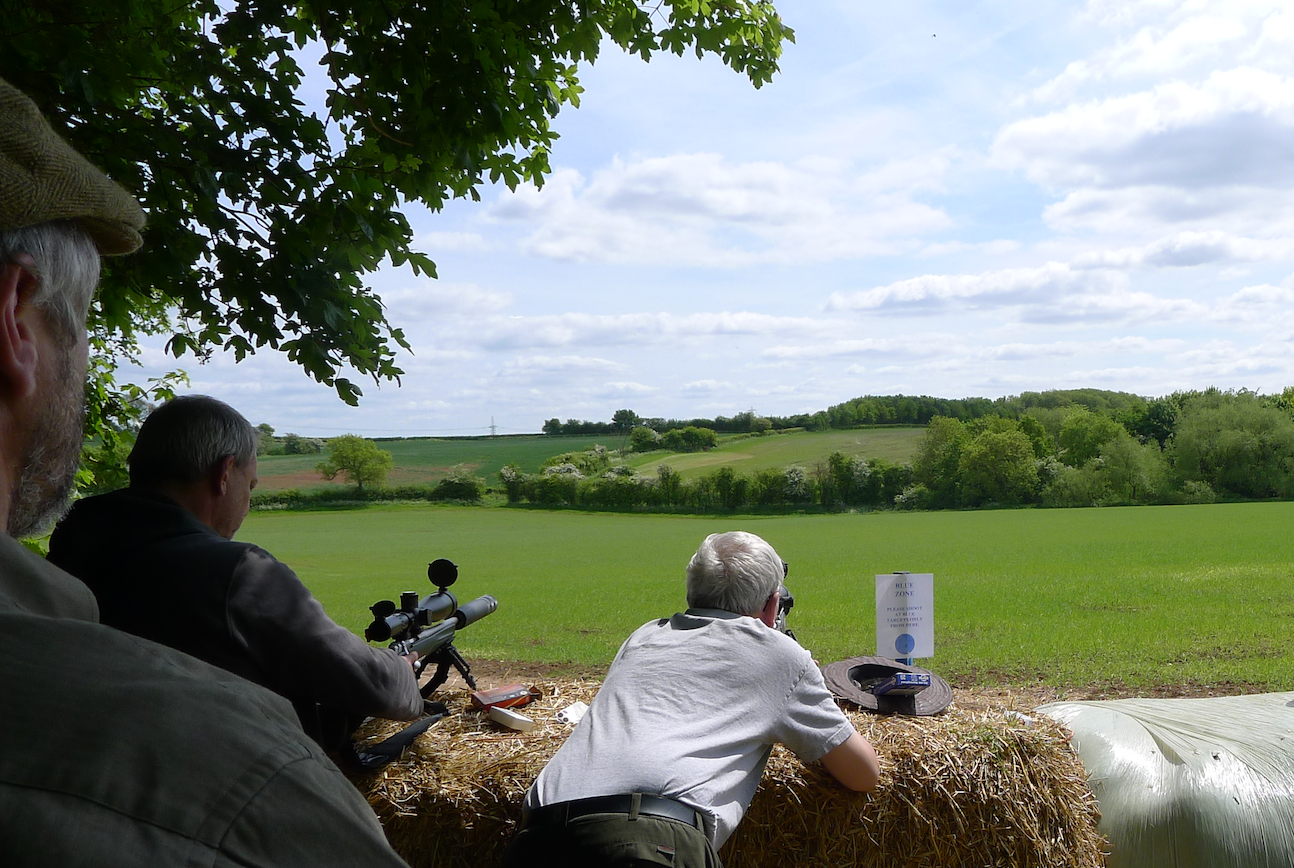The U.S. Cavalry had been buying and testing various handguns in the late 1890s and early 20th century. The .45 Colt Single Action Army (SAA) had largely been replaced, even by some double action versions of the same. The Cavalry had fielded some double action revolvers in .38 Long Colt. They determined the .38 caliber round was significantly less effective against determined opponents, such as the warriors encountered in the Moro Rebellion of the Philippine–American War, than the .45 Colt. The current issue rifle at the time, the .30-40 Krag, had also failed to stop Moro warriors effectively; the British had similar issues switching to the .303 British, which resulted in the development of the dum-dum bullet. This experience, and the Thompson-LaGarde Tests of 1904 led the Army and the Cavalry to decide a minimum of .45 caliber was required in the new handgun. Thompson and Major Louis Anatole LaGarde of the Medical Corps arranged tests on cadavers and animal remains in the Chicago stockyards, resulting in the finding that .45 was the most effective pistol cartridge. They noted, however, training was critical to make sure a soldier could score a hit in a vulnerable part of the body.
Colt had been working with Browning on a .41 caliber cartridge in 1904, and in 1905 when the Cavalry asked for a .45 caliber equivalent Colt modified the pistol design to fire an enlarged version of the prototype .41 round. The result from Colt was the Model 1905 and the new .45 ACP cartridge. The original round that passed the testing fired a 200 grain (13 g) bullet at 900 ft/s (275 m/s), but after a number of rounds of revisions between Winchester Repeating Arms, Frankford Arsenal, and Union Metallic Cartridge, it ended up using a 230 grain (15 g) bullet fired at about 850 ft/s (260 m/s). The resulting .45-caliber cartridge, named the .45 ACP, was similar in performance to the .45 Schofield cartridge, and only slightly less powerful (but significantly shorter) than the .45 Colt cartridges the Cavalry was using.
By 1906, bids from six makers were submitted, among them Browning’s design, submitted by Colt. Only DWM, Savage, and Colt made the first cut. DWM, which submitted two Parabellum P08s chambered in .45 ACP, withdrew from testing after the first round of tests, for unspecified reasons. One of the DWM pistols, serial number 1, was destroyed in testing; the remaining example, serial number 2, is one of the most desirable collectors’ handguns in existence.
In the second round of evaluations in 1910, the Colt design passed the extensive testing with no failures, while the Savage design suffered 37 stoppages or parts failures. The resulting weapon was adopted as the Model 1911.
The cartridge/pistol combination was quite successful but not satisfactory for U.S. military purposes. Over the next few years a series of improved designs were offered, culminating in the adoption in 1911 of the “Cal. .45 Automatic Pistol Ball Cartridge, Model of 1911”, a 1.273 in (32.3 mm)-long round with a bullet weight of 230 grains. The very first production, at Frankford Arsenal, was marked “F A 8 11”, for the August 1911 date.
The cartridge was designed by John Browning of Colt, but the most influential person in selecting the cartridge was Army Ordnance member Gen. John T. Thompson. Thompson insisted on a real “man stopper” pistol, following the poor showing of the Army’s .38 Long Colt pistols during the Philippine-American War (1899–1902).
The .45 ACP is an effective combat pistol cartridge that combines accuracy and stopping power for use against human targets. The cartridge also has relatively low muzzle blast and flash, as well as moderate recoil. The .45 ACP also operates at a relatively low maximum chamber pressure rating of 21,000 psi (145 MPa) (compared to 35,000 psi/240 MPa for 9 mm Parabellum and .40 S&W, 37,500 psi/260 MPa for 10 mm Auto, 40,000 psi/280 MPa for .357 SIG), which due to a low bolt thrust helps extend service life of weapons in which it is fired.
Like many pistol cartridges, it is a low-velocity round, and thus ineffective against body armor. Another drawback for large scale military operations is the cartridge’s large size, weight, and the increased material cost of manufacture compared to the smaller 9×19mm Parabellum cartridge.

